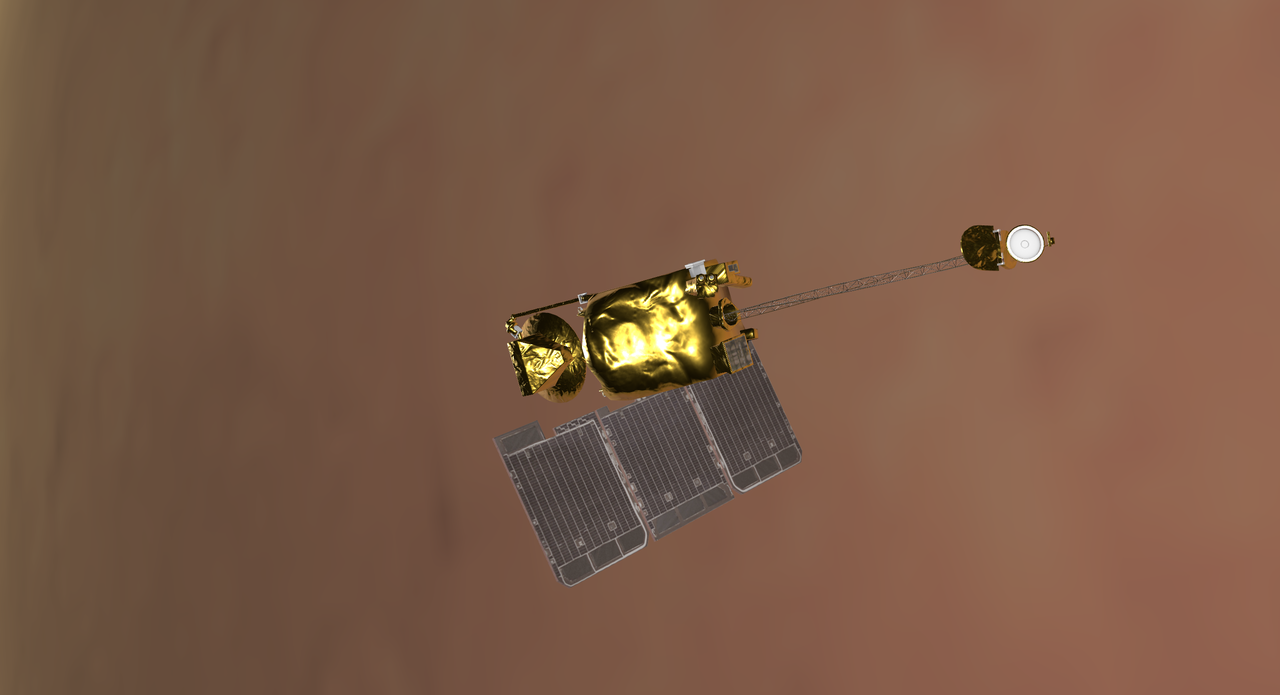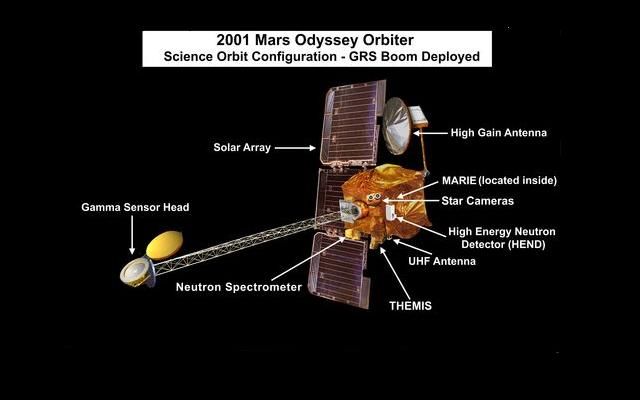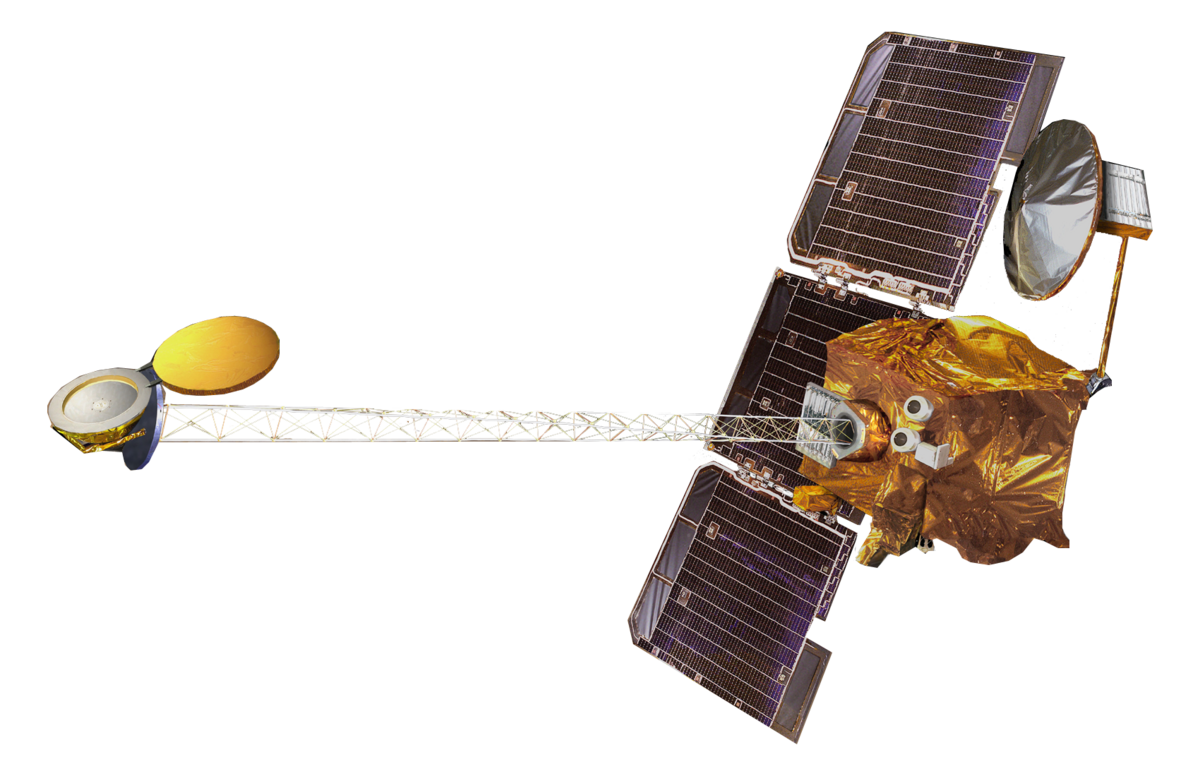
2001 Mars Odyssey Mission Summary
The 2001 Mars Odyssey is NASA's next mission to Mars and will join the Mars Global Surveyor, also designed and built by Lockheed Martin, in an effort to continue scientific reconnaissance of the planet's surface and explore for signs of water. 2001 Mars Odyssey (NASA/JPL) 2001マーズ・オデッセイ (月探査情報ステーション 火星・赤い星へ).
Office 2013 include applications such as Word, Excel, PowerPoint, and Outlook. They’re available as a one-time purchase for use on a single PC. Ms office 2013 kms. Microsoft Office 2013 Microsoft Office 2013 follows the Fixed Lifecycle Policy. This applies to the following editions: Home and Business, Home and Student, Multi Language Pack, Professional, Professional Plus, Professional Plus Home Use Program, Standard, Web Apps Server. What Makes Microsoft Office 2013 Better. MS Office 2013 is far better than any of its predecessors. Office 2013 include applications such as Word, Excel, PowerPoint, and Outlook. They’re available as a one-time purchase for use on a single PC. Microsoft 365 plans include premium versions of these applications plus other services that are enabled over the Internet, including online storage with OneDrive and Skype minutes for home use. Note: The steps to install the 2016 or 2013 versions of Office Professional Plus, Office Standard, or a stand-alone app such as Word or Project might be different if you got Office through one of the following: Microsoft HUP: If you bought Office for personal use through your company, see Install Office through HUP. Volume license versions: If you work in an organization that manages your.
The 2001 Mars Odyssey spacecraft, now in orbit at Mars, will observe the Martian surface at infrared and visible wavelengths to determine surface mineralogy and morphology, acquire global gamma ray and neutron observations for a full Martian year, and study the Mars radiation environment from orbit. The 2001 Mars Odyssey mission is NASA's longest-lasting spacecraft at Mars. The spacecraft launched on April 7, 2001, and arrived at Mars on October 24, 2001, 0230 Universal Time (October 23, 7:30 pm PDT/10:30 EDT). On April 7, 2001, NASA's Mars Odyssey spacecraft took off on a six-month, 286-million-mile journey to the red planet.You can license this story through AP Ar.
2001 Mars Odyssey Facts
Rosetta stone russian torrent. The 2001 Mars Odyssey mission is NASA's longest-lasting spacecraft at Mars. The spacecraft launched on April 7, 2001, and arrived at Mars on October 24, 2001, 0230 Universal Time (October 23, 7:30 pm PDT/10:30 EDT). Its mission includes making the first global map of the amount and distribution of many chemical elements and minerals that make up the Martian surface. It successfully completed its primary science mission from February 2002 through August 2004. The orbiter's extended operations continue today.
Measurements by Odyssey have enabled scientists to create maps of minerals and chemical elements and identify regions with buried water ice. Images that measure the surface temperature have provided spectacular views of Martian topography. Early in the mission, Odyssey determined that radiation in low-Mars orbit -- an essential piece of information for eventual human exploration because of its potential health effects -- is twice that in low-Earth orbit.
The Odyssey orbiter is a communications relay for rovers and landers on Mars including the Mars Exploration Rovers 'Spirit' and 'Opportunity,' the Mars Phoenix lander and the Mars Science Laboratory's Curiosity rover. Images and other measurements from Mars Odyssey help identify potential landing sites for rovers and landers.
More
(redirected from 2001 Mars Odyssey)Also found in: Wikipedia.
Mars Odyssey
A US probe, launched Apr. 7 2001, that was part of NASA's Mars Exploration Program, a long-term series of crewless investigations of Mars. It reached Mars in Oct. 2001 and commenced its primary mission to map the chemical makeup of the planet and scout out likely places where water or ice might be found by future probes searching for evidence of past life. Odyssey's primary mission ended on Aug. 24 2004 after well over 10 000 orbits, and it embarked upon an extended mission. During its first 34 months in orbit, Odyssey discovered ice just below the surface at the Martian poles and investigated the radiation environment in low Mars orbit, thereby aiding the assessment of radiation risk to future human spaceflight missions to the planet. In addition to its science activities, Odyssey served as a communications relay for the Mars Exploration Rovers Spirit and Opportunity. It would continue this role during its extended mission.Want to thank TFD for its existence? Tell a friend about us, add a link to this page, or visit the webmaster's page for free fun content.

 Link to this page:
Link to this page: 